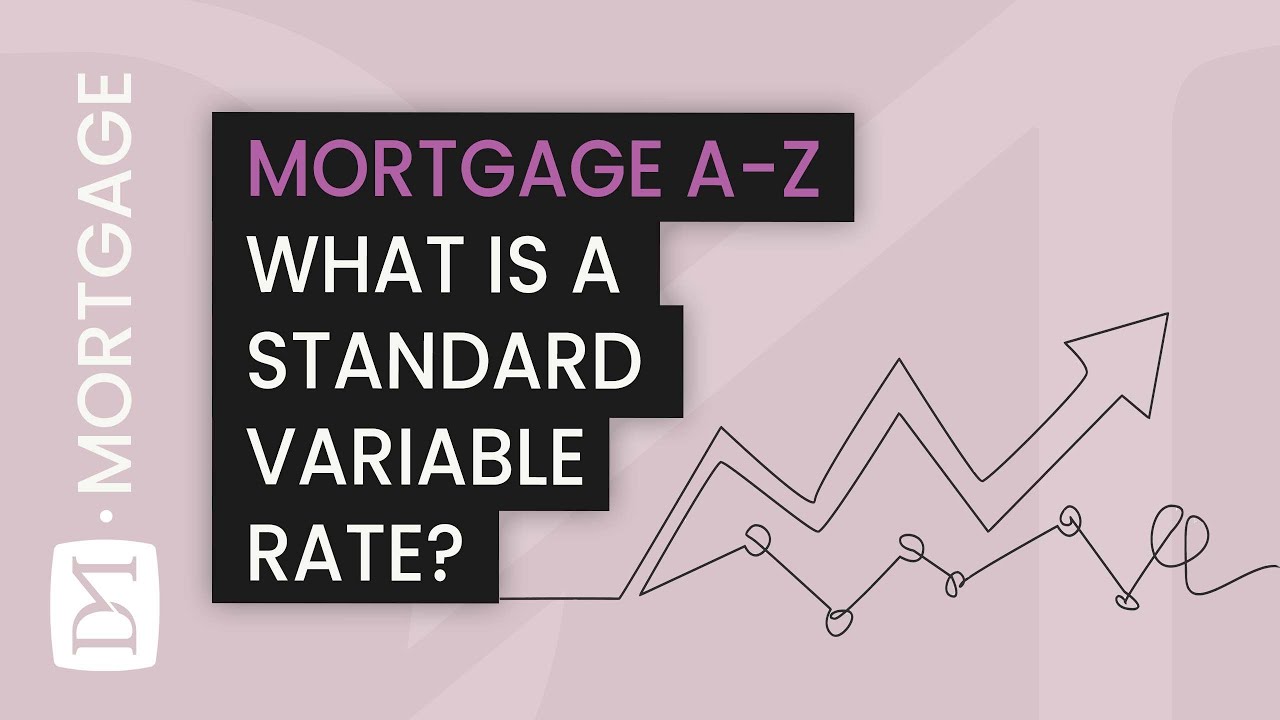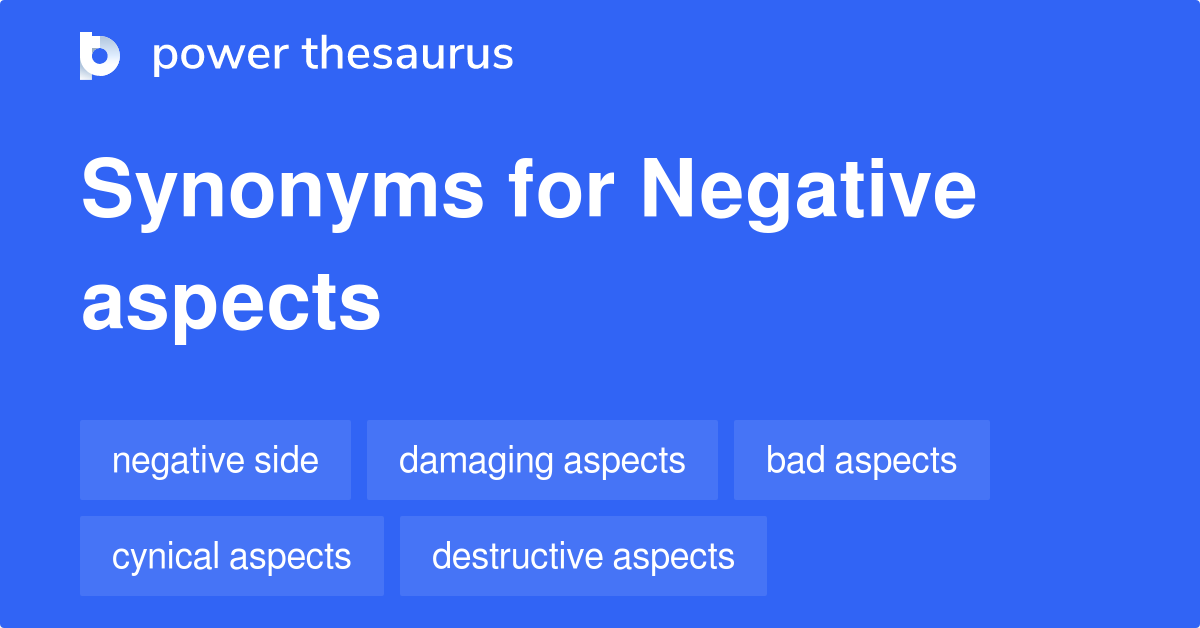You may be moved to a standard variable rate, or SVR, which is an interest rate set by your mortgage provider, once your fixed, tracker, or discount rate mortgage agreement ends. If you would like not to switch to a standard variable rate mortgage, you will have to remortgage with a new mortgage agreement.When you first get a mortgage, you have a choice of interest rates to choose from. It could be a reduced, fixed, or tracker rate. They will all most likely switch to a typical variable rate, though, eventually. This page contains all the information you need to know about standard variable rates.
How Do Standard Variable Rates Get Determined?
The interest rate known as a standard variable rate, or SVR, will be decided by your lender. Mortgage debtors are switched to this default interest rate when their original arrangement ends. For example, if you take up a two-year fixed-rate mortgage and you don’t refinance before the two-year contract period finishes, you will be switched to your lender’s SVR .

If the SVR is higher than the interest rate you were paying on your initial agreement, your monthly repayments can go up. Nonetheless, you can frequently exit the SVR at any moment by obtaining a new mortgage.
Because the rate is variable, your lender has the right to change the SVR at any moment. You should expect your monthly payment to grow.
A Mortgage With SVR: What Is It?
You will have an SVR mortgage if you are paying the standard variable rate of interest that your lender has established. Many people with SVR mortgages were automatically converted to it when their initial fixed, tracker, or reduced mortgage contract ended. Without initially acquiring any other type of mortgage, it could be possible to obtain a standard variable rate mortgage and pay off the lender’s deficiency.
How frequently does a standard variable rate change?
Lenders are allowed to alter their standard variable rates as much or as little as they like.While changes in the Bank of England base rate may have an impact on a lender’s choice to set a standard variable rate (SVR), a fall in the base rate does not guarantee that an SVR will follow. A tracker mortgage, on the other hand, automatically modifies the mortgage rate to reflect variations in the base rate.A lender may choose to modify its SVR once the base rate shifts, although it may not do so right away or by the same amount.When computing an SVR, factors other than the base rate could be taken into account, such as the cost of funding mortgages,
Which of the standard variable rates is currently in force?
There isn’t just one standard variable rate available at the moment because different lenders may have varying SVRs. Typically, lenders will display their SVR on their website and notify borrowers with regular variable rate mortgages if their SVR is going to change.
What is the difference in SVR mortgage rates?
Generally speaking, standard variable rate mortgage rates are greater than those of other mortgage kinds.On October 1, 2023, lenders in the UK charged an average standard variable rate of 8.18%, as reported by Moneyfacts.In contrast, the average mortgage for a two-year fixed rate was 6.47%, while the average mortgage for a five-year fixed rate was 5.97%. The two-year tracker rate was 6.17% on average.
What is the duration of a standard variable rate mortgage?
Unlike fixed-rate mortgages, normal variable rate mortgages often don’t have an initial deal time. This implies that there are no early repayment penalties when you move to a new plan and can remain on the SVR for an extended period of time.
What Advantages Could SVR Mortgages Present?
The following are the primary advantages of a typical variable rate mortgage:
Flexibility: Early repayment fees are typically waived on SVR mortgages. This implies there are no costs or penalties associated with overpaying your mortgage or switching to a new mortgage arrangement.
Minimal fees: A mortgage that has an upfront charge of the lender’s SVR is likely to have a minimal setup cost, if any at all.
Possibility of rate decline: SVR rates are erratic, thus they could decline or increase.
What drawbacks do SVR mortgages have?
Among the primary disadvantages of conventional variable rate mortgages are:
Expensive: Compared to the finest mortgage options, standard variable rates are typically much higher.
Rates may increase: Your lender has the right to modify the SVR at any time, which could suddenly result in an increase in your monthly repayments.
Should We Get Rid of the Standard Variable Rate?
It could make sense to remortgage onto a new agreement if your current fixed, tracker, or discount mortgage contract is due to expire or if you’ve already switched to your lender’s ordinary variable rate. This is especially true if you could save money.
Your monthly repayments will be reduced by remortgaging if the rates offered on competing mortgage products are lower than the SVR set by your lender.
Nevertheless, there are instances in which sticking with an SVR might make sense. For instance, having a standard variable rate means you can pay off your mortgage sooner rather than later without incurring early repayment penalties if you decide to move.Similarly, it might not be cost-effective to remortgage to a new agreement if you have almost finished repaying your current mortgage due to the costs associated with taking out a new one.
Benefits :
Flexibility: Unlike fixed-rate mortgages, an SVR lets you make overpayments or pay off your mortgage early without facing penalties. This is one of the key benefits of an SVR. If you want to pay off your mortgage and have some spare cash, this can be helpful.
No commitment to a set period – When you have a variable rate, you can look into new mortgage offers at any moment because you are not bound to a fixed term contract.
Payments may reduce – With an SVR mortgage, your monthly payment may decrease if interest rates decline.
Negative aspects
Variable interest rates: The primary drawback of an SVR is its unpredictable nature. It might be challenging to plan ahead and create a budget for your mortgage payments because the interest rate is not fixed and can change at any time. For people with little resources or on a fixed income, this can be particularly difficult.
Higher total cost possible – Flexibility can sometimes come at a significant cost. Over the course of the mortgage term, you can spend a lot more on an SVR than you would on a fixed-rate program because the interest rate might be rather high.

Lack of Protection Against Interest Rate rises: If you have an SVR, you lack protection against rises in interest rates. Your mortgage payments will go up if your lender raises their SVR, which could place a pressure on your budget.
Repayment of Mortgage
One option is to remortgage your home. This means switching to a new mortgage plan provided by a different lender. By doing this, you may be able to obtain a better interest rate than the one your current lender is offering. However, it’s important to consider the costs of remortgaging and confirm that it will improve your finances over time. Check out our article outlining the reasons why refinancing in 2024 would be a smart move if you’re considering doing this.
Make an Agreement With Your Lender.
As an alternative, speak with your current lender and ask for a new, competitive contract. This could be a new fixed rate or a discounted rate, but it will most likely be
Overpaying on Your Mortgage
Consider whether you can afford to make overpayments on your mortgage if you are unable to resolve your situation with your lender or refinance. By making extra payments each month, you could be able to pay off your mortgage sooner and pay less interest. It is imperative that you get in touch with your lender to inquire about any penalties associated with overspending on your mortgage.
 Desi Serial
Desi Serial
